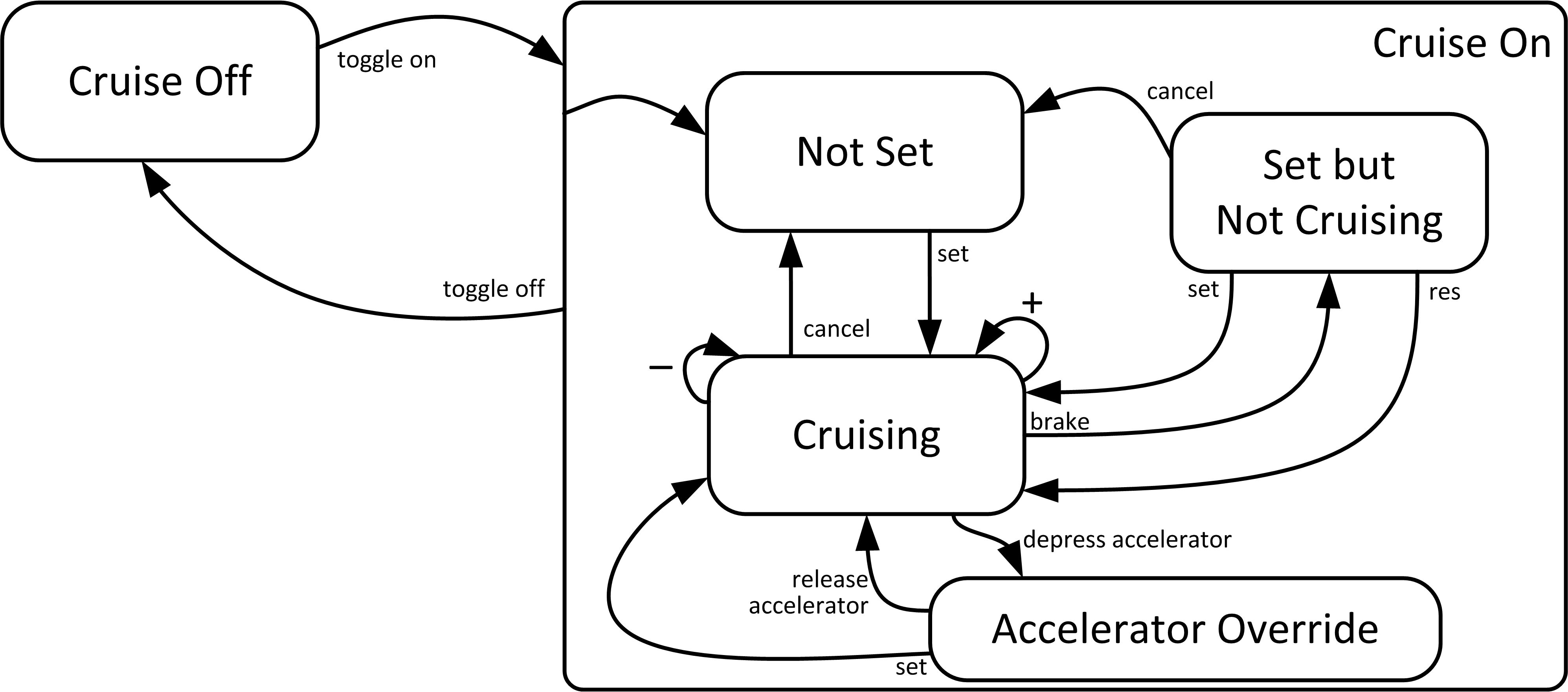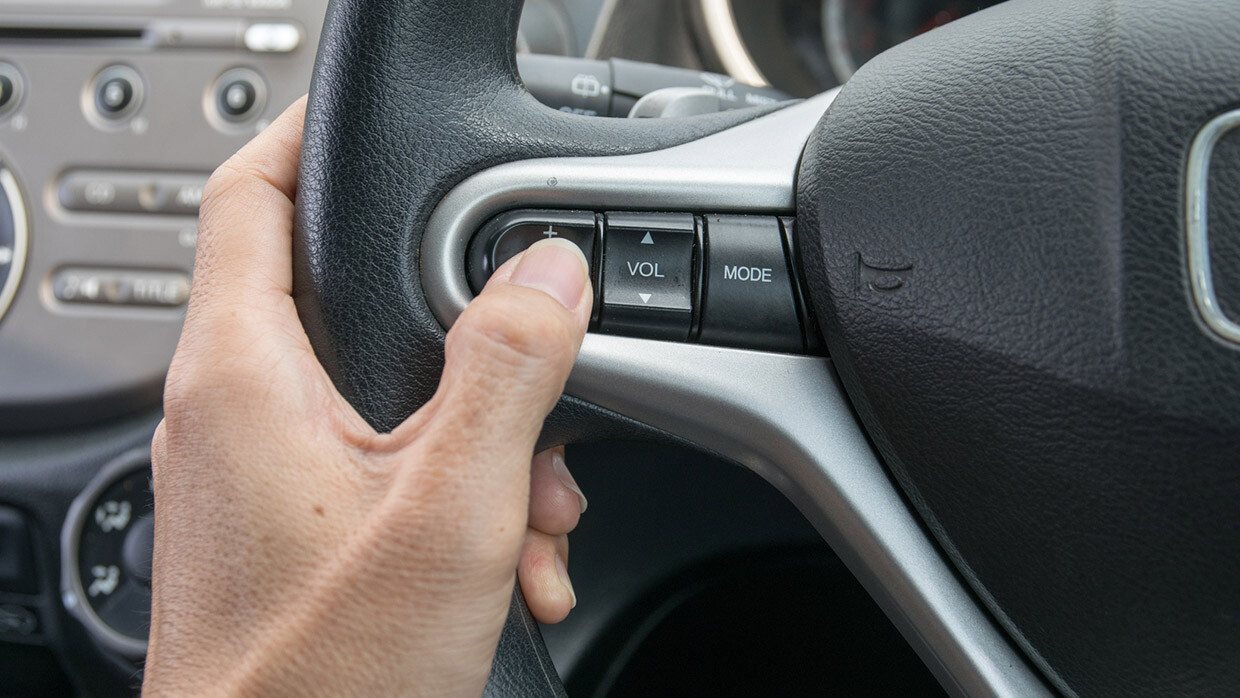Adaptive Cruise Control: How Does It Work? Kelley Blue Book
Table Of Content

Cruise control alleviates this by allowing drivers to set and maintain a desired speed without continuous use of the accelerator pedal. Understanding how cruise control functions can help drivers make the most of this convenient feature. For example, Audi's Traffic Jam Assist technology can be activated in tandem with its adaptive cruise control, thereby supporting the driver in conditions that aren't optimal for the latter. By means of ultrasonic sensors, radar, and a windshield camera, the vehicle will maintain a consistent distance from the one ahead in traffic while staying oriented on the road.
Cost Effective Cars
Some units employ a laser, while others use an optical system based on stereoscopic cameras. Regardless of the technology, ACC works day or night, but its abilities can be hampered by extreme conditions, such as heavy rain, fog, or snow. Cruise control can be advantageous for drivers in other ways too.
Particle accelerators: What are they, how do they work and why are they important to us?
This factor helps the cruise control respond quickly to changes, such as hills. If the car starts to slow down, the cruise control can see this acceleration (slowing down and speeding up are both acceleration) before the speed can actually change much, and respond by increasing the throttle position. However, almost all vehicles costing above Rs. 5 lakhs are equipped with cruise control.
Adaptive Cruise Control: How Does It Work?
It can also help you do your part to maintain the steady and efficient flow of traffic. As autonomous vehicles become more sophisticated, cruise control technology is evolving to support higher levels of automation. For example, some autonomous vehicles are equipped with advanced cruise control systems that can navigate complex traffic scenarios, merge onto highways, and even change lanes autonomously. Cruise control is less flexible on vehicles with a manual transmission because depressing the clutch pedal and shifting gears usually disengages the cruise control. The "resume" feature has to be used each time after selecting the new gear and releasing the clutch. Therefore, cruise control is most beneficial at motorway/highway speeds when top gear is used virtually all the time.

For drivers who find difficulty in maintaining a steady speed and frequently experience big fluctuations, using cruise control can cut fuel use by over 40 per cent. While cruising, even a highly competent driver who isn’t using cruise control will tend to slow down and speed up in a repeated cycle, possibly several times per minute. Though fluctuations in speed may be slight, they do cause your engine to use more fuel than required. Point is, the more time you spend at a steady speed, the less fuel your engine needs. In other cars with a manual transmission, pressing the clutch pedal simply pauses the cruise control system a moment, allowing drivers to complete their gearshift. When they’ve released the clutch, the cruise control picks up where it left off — no additional button press required.
The basic concept of cruise control, of course, is centered more around what the specific vehicle is doing, rather than what's on the road around it. Adaptive cruise control like the kind found in some Acura vehicles, however, is a little more sophisticated. One of the main advantages of using cruise control is improved fuel efficiency. By maintaining a constant speed, cruise control helps reduce fuel consumption, leading to better gas mileage. Rapid acceleration and deceleration, on the other hand, can lead to increased fuel consumption. Predictive Cruise Control is like the fortune teller of cruise control systems.
As a safety feature, the cruise control system will disengage as soon as you hit the brake pedal. With cruise control, drivers need to brake to slow down as they close in on a slower vehicle in traffic. With adaptive cruise control, the system makes these braking inputs automatically, and the vehicle speeds back up to its pre-set cruising speed once traffic clears.
Car Ratings Car Shopping Guides What is Land Rover All-Terrain Progress Control? - J.D. Power
Car Ratings Car Shopping Guides What is Land Rover All-Terrain Progress Control?.
Posted: Wed, 31 Aug 2022 07:00:00 GMT [source]
Word of the Day
Cruise control is an electronic device within your vehicle that controls the speed of your vehicle. It allows the driver to maintain a constant speed of 25 mph without holding their foot on the accelerator. Although the feature has been around for 70 years, automotive manufacturers continue to improve upon the technology to provide drivers with increased comfort, luxury, and convenience whenever they’re behind the wheel. Two companies are developing a more advanced cruise control that can automatically adjust a car's speed to maintain a safe following distance.
How to Use Cruise Control on a Car
When the car is going 55 mph, the throttle position opening will be only half of what it was before. The result is that the closer the car gets to the desired speed, the slower it accelerates. Also, if you were on a steep enough hill, the car might not accelerate at all.
Chrysler Corporation was the first manufacturer to offer the groundbreaking mechanism as an option on several of its luxury vehicle models nine years later. Today, cruise control is rapidly becoming the standard on all new vehicles, providing drivers with increased convenience on their daily drive. Adaptive cruise control is just a preview of the technology being developed by both companies. These systems are being enhanced to include collision warning capabilities that will warn drivers through visual and/or audio signals that a collision is imminent and that braking or evasive steering is needed.
So, do check the owner’s manual before fiddling around with the system. It’s better if you are familiar with the controls before driving the vehicle, as it will avoid unnecessary distractions. Step 5 - If you wish to accelerate when the cruise control is engaged, you can press the ‘+’ button on the steering wheel to briefly engage the accelerator pedal. The driver must manually bring the vehicle up to speed and use a button to set the cruise control to the current speed. That’s an incredibly impressive figure, considering how many accidents occur every day due to human error.
The cruise control system actually has a lot of functions other than controlling the speed of your car. For instance, the cruise control pictured below can accelerate or decelerate the car by 1 mph with the tap of a button. There are also several important safety features -- the cruise control will disengage as soon as you hit the brake pedal, and it won't engage at speeds less than 25 mph (40 kph). The system constantly maintains the speed set by you (driver) irrespective of road conditions.
In its capacity to ensure a vehicle remains at a steady speed, where possible, it can boost driving efficiency. According to Natural Resources Canada, varying your speed by around 6 mph every 18 seconds can be 20% more costly in terms of fuel. Cruise control, in a general sense, aims to be as efficient as possible within the parameters the driver provides, which can potentially translate to less fuel being used over time. Cruise control is a valuable feature that can enhance your driving experience by providing comfort, convenience, and fuel efficiency.

Comments
Post a Comment